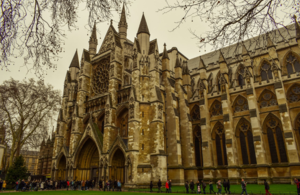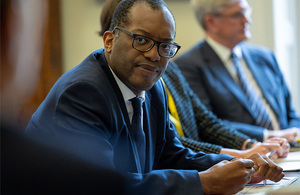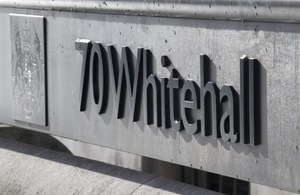Opening of the Legal Year
News story
Susanna McGibbon, Treasury Solicitor attended the service at Westminster Abbey

Today marked the Opening of the Legal Year with a Service at Westminster Abbey, conducted by the Dean of Westminster.
The ancient tradition dates to the Middle Ages and the religious practice of judges praying for guidance at the start of the legal term. The modern service, which dates to 1897 includes hymns, anthems and a lesson read by the Lord Chancellor, who holds a reception breakfast following the ceremony at the Houses of Parliament. The Lord Chancellor is an ancient office of state, and the office holder heads the Ministry of Justice as the Secretary of State for Justice.
Over 700 guests are invited, including senior members of the judiciary, King’s Counsel, overseas judges, and the Law Officers of the Crown.
Susanna McGibbon attended the ceremony in her role as Treasury Solicitor, Permanent Secretary of the Government Legal Department and His Majesty’s Procurator General. Susanna reflects:
“I was honoured to attend the Service to mark the Opening of the Legal Year at Westminster Abbey today. It was an opportunity to meet colleagues from across the legal profession and to reflect on the legal year ahead of us.”
Published 3 October 2022



